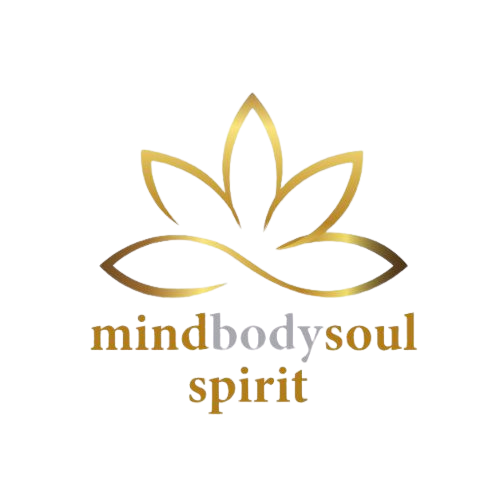From Pattern to Purpose: Applying Archetypes in Growth and Goal Setting
By Kimberley
About From Pattern to Purpose: Applying Archetypes in Growth and Goal Setting
Archetypes in Motion: Aligning Intention with Identity
Now that we’ve established how archetypes surface in your clients' narratives, it’s time to bring that awareness into application. This lesson focuses on moving from recognition to intentional use—supporting clients in connecting their goals and transformations with the symbolic energies that live within them. Archetypes are not only reflective tools. When worked with consciously, they become internal allies that help orient clients toward their values, strengths, and vision.
Rather than setting goals based on external standards or inherited expectations, this approach helps clients root their intentions in who they truly are. Archetypes can reveal where motivation is authentic and where it is shaped by fear, overcompensation, or societal influence. Through this process, clients begin to anchor their transformation in inner alignment rather than external validation.
Setting Goals Through Archetypal Awareness
When clients begin to identify which archetypes are currently active within them, they are often better able to name what they genuinely want—and why it matters. Archetypes offer a lens through which goals can be examined and reimagined. Rather than focusing solely on outcomes, the emphasis shifts toward the energy behind the intention.
A client resonating with the Creator may thrive when pursuing projects that express originality and vision. Someone embodying the Magician may find fulfillment through goals that involve healing, innovation, or spiritual inquiry. When goals reflect archetypal alignment, they often feel more alive—less forced, more intuitive, and connected to a broader sense of purpose.
As a coach, you can support this process by inviting reflection. Ask which inner part seems to be steering the client’s direction. Is the goal coming from genuine desire or internalized pressure? Which archetype would offer the most support for this next phase? These inquiries help move the conversation from surface motivation to soulful alignment.
Reframing Limiting Patterns Through Shadow Work
Just as each archetype carries a set of strengths, it also holds a shadow—an unconscious pattern that, when unexamined, can lead to cycles of self-sabotage or stuckness. These shadow expressions are not flaws to be fixed but invitations to be understood. They show up in overused coping strategies, identity loops, or unspoken fears.
A client strongly identified with the Hero might constantly overextend, equating worth with achievement and leaving little room for rest. Someone shaped by the Caregiver may hesitate to prioritize their own needs, fearing they’ll appear selfish or unworthy of love. When these dynamics are brought into awareness, they begin to lose their grip.
The key is not to dismiss the archetype but to invite dialogue with its fear-based expression. What is this part trying to protect? What old belief keeps it in place? What might change if it were seen with compassion? This shift in awareness often leads to greater flexibility, emotional relief, and the emergence of new possibilities.
Cultivating Archetypes for Growth
Once clients understand both their dominant energies and the patterns that have limited them, they are ready to consciously cultivate new archetypes. This is where archetypal coaching moves beyond analysis and into transformation. Clients no longer just recognize who they’ve been—they begin to experiment with who they are becoming.
This process is experiential. Clients may begin by identifying a symbolic energy they feel drawn to—perhaps the Warrior for courage, the Sage for discernment, or the Empress for self-nourishment. You might invite them to reflect, journal, or visualize this archetype in action. What does it sound like? How does it move through the world? What does it value? The goal is not to imitate, but to embody.
Over time, this new energy begins to take root. Clients may notice changes in how they speak, set boundaries, or make decisions. When supported with intention, rituals, and reflection, archetype activation becomes a practical tool for living into a more empowered identity.
The Role of the Coach in Archetypal Transformation
As a coach, your presence is integral to this process. You are not simply offering tools—you are holding the space where clients can reconnect with the parts of themselves that may have been silenced, dismissed, or forgotten. You may naturally step into archetypal roles during this work—the Guide when you offer perspective, the Witness when you hold space, the Alchemist when you help reframe old patterns into new insight.
Your responsibility is not to impose meaning but to draw it forth. By honoring the symbolic field within each client, you allow them to meet themselves with greater clarity and compassion. Archetypal coaching, when done well, becomes less about performance and more about permission—permission to be whole, complex, and in process.
Practice: Embodying an Archetype Through Reflection
To bring this work into your own experience, complete the Embodying Empowered Archetypes Workbook. This reflective practice invites you to choose an archetype that resonates with your current phase of growth. You’ll be guided to reflect on how this archetype expresses itself, what it offers you, and how you can begin integrating its qualities into daily life.
Whether through language, decision-making, or energetic presence, this is a chance to live into a version of yourself that may already be waiting. Allow this process to be intuitive and personal. You are not stepping into something foreign—you are remembering a part of yourself that has long been within reach.
Let this become the bridge between insight and embodiment—for yourself and for those you are here to guide.
